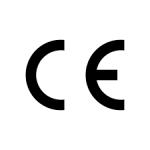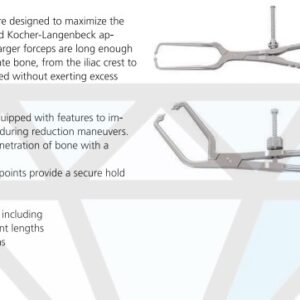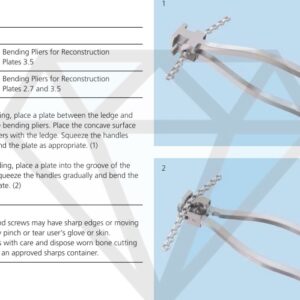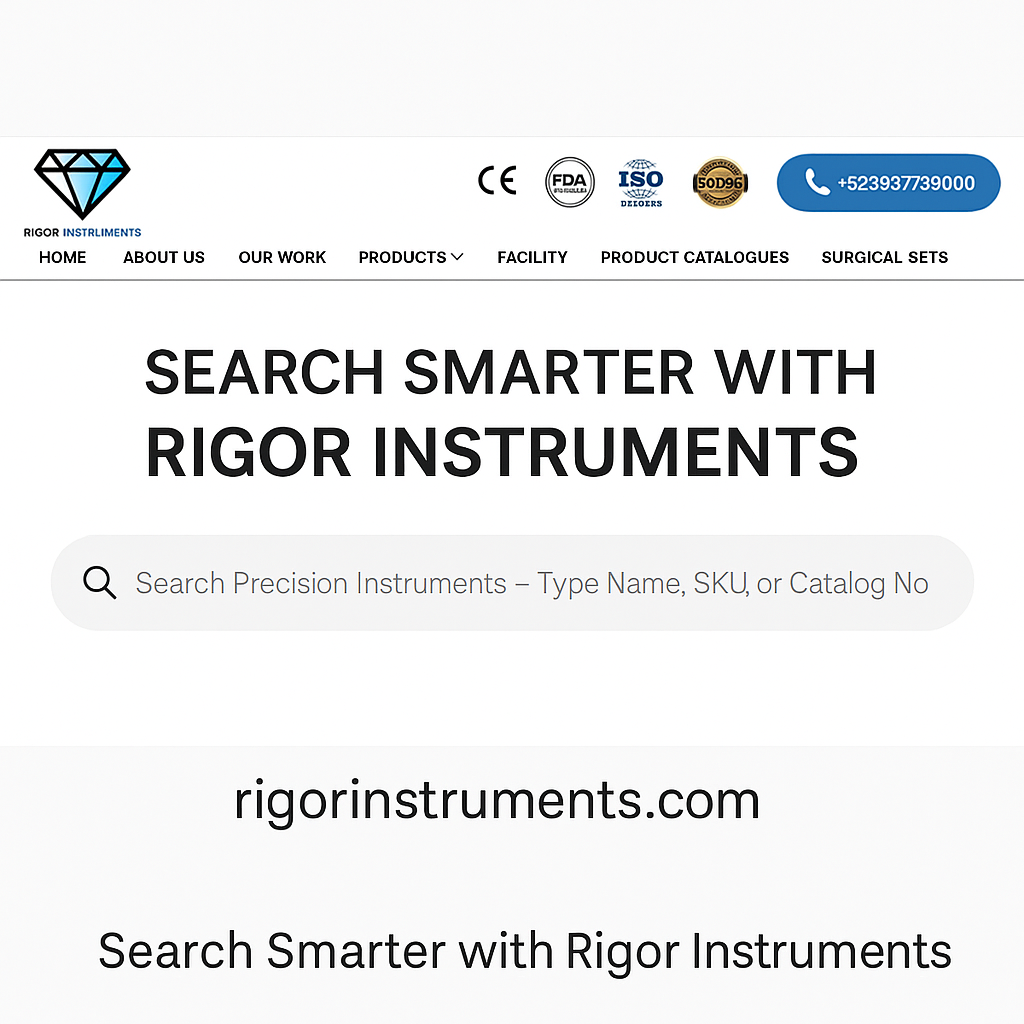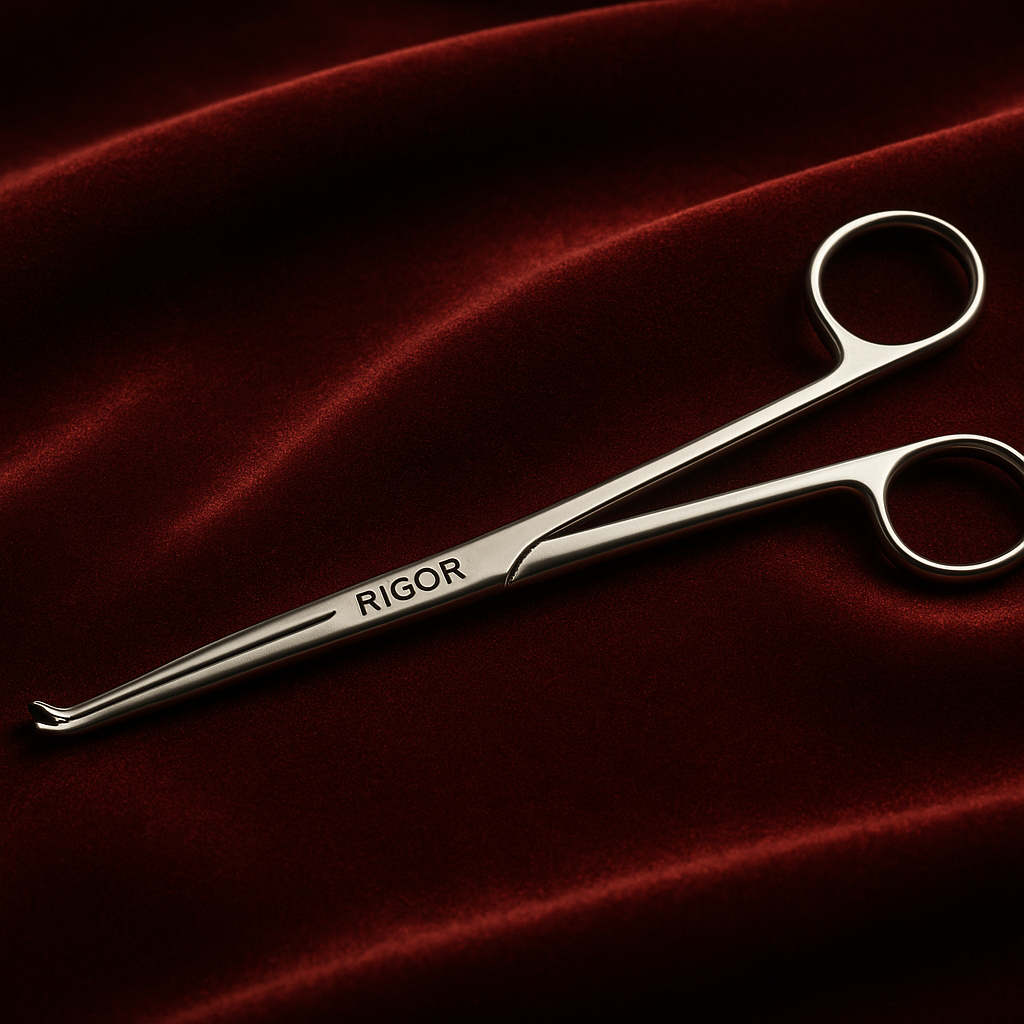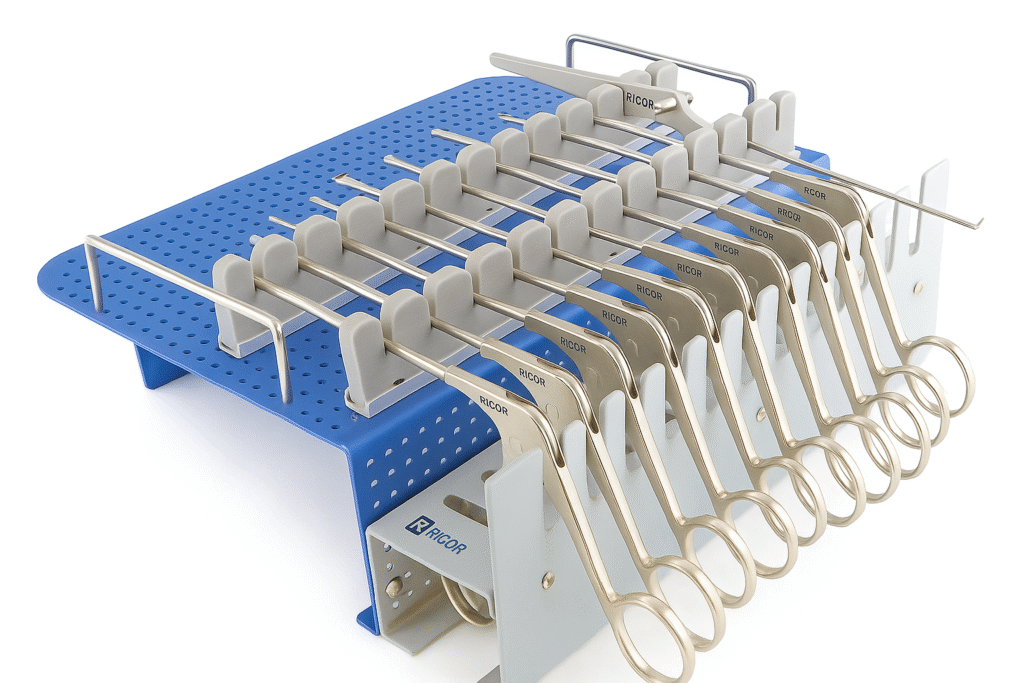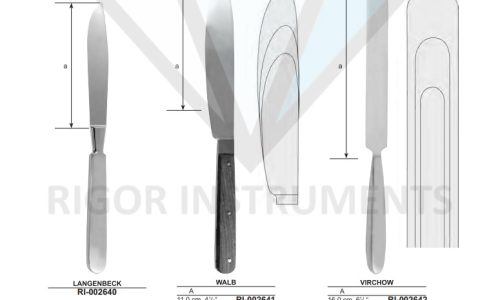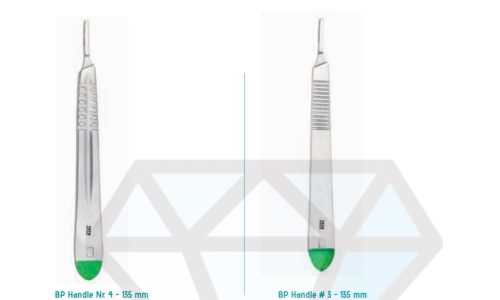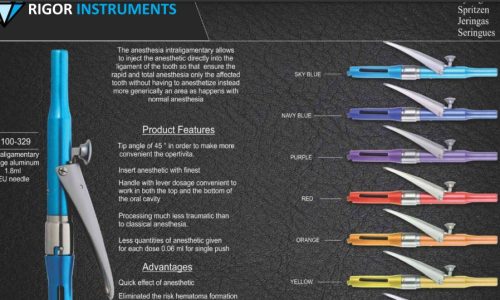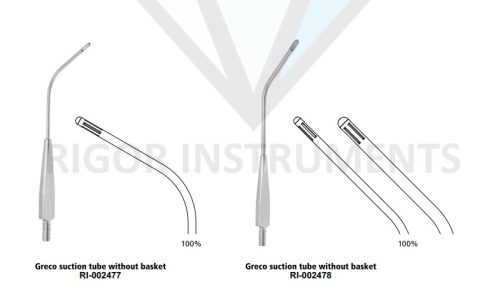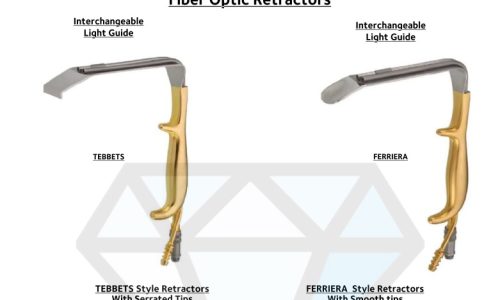Pelvic Surgical Instruments
Surgical Instruments Blog
Precision Engineered: Custom-Made Atraumatic DeBakey Clamps Designed by a Surgeon At Rigor Instruments, innovation begins with one principle: listen to the surgeon. When a highly experienced cardiovascular surgeon approached us
Why Rigor Instruments Invested in Smart Product Search — And Why It’s the Future of Surgical Buying In a crowded digital world, buyers don’t want to browse — they want
One-Stop Surgical Instrument Sourcing: Why Rigor Instruments is the Complete Solution You’ve Been Searching For When Quality Meets Convenience — Rigor Delivers For decades, international buyers have faced
Reusable vs. Single-Use Surgical Instruments: Why RIGOR Stands Firm on Reusables In the fast-paced world of modern surgery, the conversation around single-use vs. reusable surgical instruments is louder than ever.
Laryngeal Forceps: Precision Tools for ENT & Airway Procedures Laryngeal forceps are specialized surgical instruments used in ear, nose, and throat (ENT) and laryngological procedures. These forceps are designed for
Mastering Arthroscopy Punches: Types, Surgical Uses & Rigor’s CNC Precision Leadership Arthroscopy is a minimally invasive surgical procedure that requires tools of extreme precision—and none more important than the arthroscopy
What are Pelvic Surgical Instruments

When we talk about pelvic surgical instruments instruments, we are talking about a variety of specialized tools and apparatus. The lower abdomen, pelvis, and reproductive organs are all part of the pelvic area. This type of surgery can be delicate and complicated, requiring a wide range of devices that are made particularly for this kind of surgery.
Here we will go through the many kinds of pelvic surgery instruments, their uses, and how crucial they are to having a good pelvic surgery procedure.
Types of Pelvic Surgical Instruments
1. Speculum
A speculum is an instrument that holds the vaginal walls open during gynecological examinations or treatments. Depending on the requirements of the patient, it is manufactured of stainless steel and is available in a variety of sizes and forms. To give a clear view of the cervix and vaginal walls, the speculum’s two blades are gently inserted into the vagina and then opened.
2. Forceps
A typical instrument used in pelvic surgery is a forceps. They are made to grab and work with blood arteries, tissues, and organs. Forceps come in a variety of shapes, including straight, curved, and angled. Depending on the particular requirements of the surgical operation, they are available in various lengths and sizes. They are capable of grabbing and moving sutures, tissues, and organs.
3. Scissors
Another crucial instrument used in pelvic surgery is a pair of scissors. They are employed to sever and dissect various materials, including sutures and tissues. They are available in a variety of sizes and forms, including as straight, curved, and angled. The scissors’ blade is razor-sharp and capable of slicing through delicate tissues.
4. Retractors
During surgery, tissues and organs are held back by retractors to provide the surgeon a good view of the region being worked on. Retractors come in a variety of forms, such as hand-held and self-retaining retractors. To hold tissues or organs, self-retaining retractors are positioned and left in place. Hand-held retractors are positioned and held by an assistant to provide the surgeon a good view of the region being operated on.
5. Trocars
In laparoscopic procedures, trocars are utilized to generate an access site for surgical equipment. They consist of a cannula that is introduced through the skin’s puncture hole after the skin is pierced with a sharp, pointed tip. Other tools are subsequently inserted into the body cavity via the cannula.
6. Sutures
Tissues and incisions are stitched together by sutures, which are threads or wires. They are frequently employed in pelvic surgery to seal incisions or to restore tissues that have been injured. Sutures come in a variety of forms, including as absorbable and non-absorbable sutures. Non-absorbable sutures are used to close wounds that take longer to heal whereas absorbable sutures are used to repair wounds that are likely to heal without issues.
7. Needles
During pelvic surgery, sutures are inserted into tissues using needles. Depending on the particular surgical technique, they are available in various sizes and forms. The needle’s pointed tip allows it to cut into tissues with little harm.
8. Laparoscopic Instruments
The instruments used in minimally invasive procedures are laparoscopic. They are made up of long, thin tools that are introduced through relatively tiny skin incisions. Laparoscopes, scissors, graspers, and needle holders are some of these tools. During surgery, they are used to see, dissect, and manipulate tissues and organs.
9. Electro Surgical Instruments
During surgery, electro surgical instruments employ high-frequency electrical currents to cut and coagulate tissues. These tools include scalpels, forceps, and electrosurgical pencils. They are utilized during surgery to reduce bleeding and achieve accurate tissue dissection.
Why Rigor Instruments
Rigor is a second-generation surgical instruments manufacturer and supplier from Sialkot Pakistan providing best quality in Pelvic Surgery Instruments since 1985.
Our exquisite quality and competitive pricing has given us great competitive advantage in the global surgical instruments market. Our ambition is to become a leader in international market in Pelvic Surgery Instruments.
Have a glance at our wide range of Pelvic Surgery Instruments with details,

